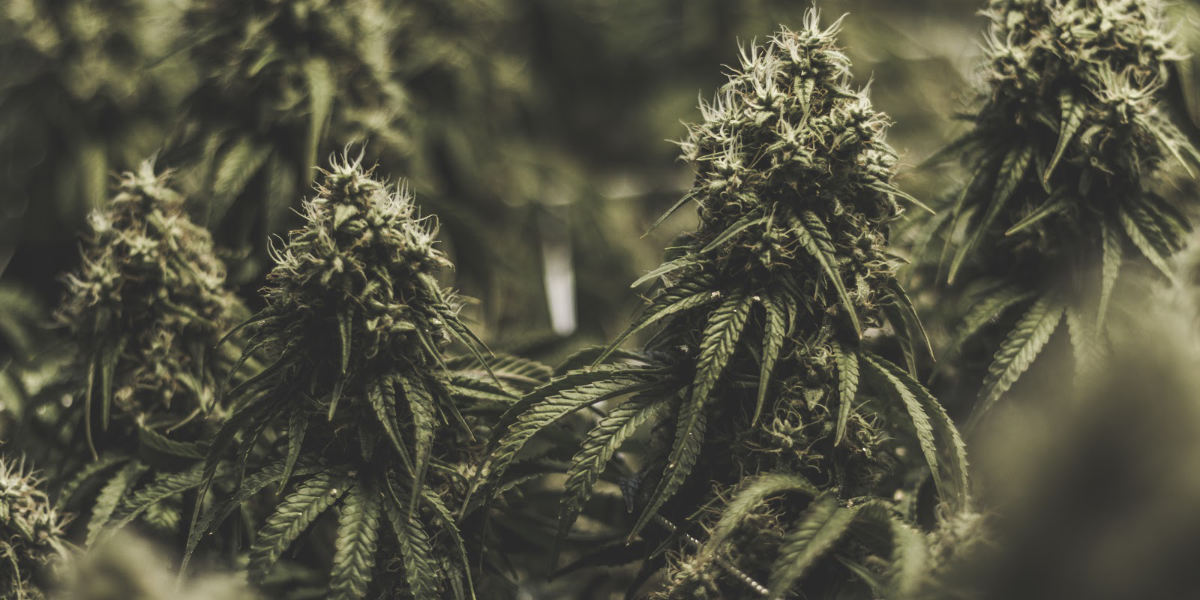LEARN
What is a Landrace Strain?

Chemdog, Green Crack, Girl Scout Cookies, Purple Monkey Balls? If you’re new to cannabis you may be wondering, “what’s with all the weird names?” If you’ve been around, you know they’re the creative concoctions of breeders, who over the years have selectively cross-bred many strains of cannabis to create hybrid strains. Defined as: a mix of Indica and Sativa genetics, they can take on the characteristics of one or both of their strain families. Hybrid Strains are what you most likely would’ve smoked, vaped, or ate in your teenage years. Or, if you’re new to cannabis, are trying now via your legal dispensaries. However, there’s something to be said for the classics, and that’s where Landrace Strains come in. Landrace Strains are those that were first domesticated for use across the globe. They are the ancestral strains,, if you will, and their makeup is the closest to pure Sativas or Indicas you’ll be able to find. You can find another definition here.
What Are Examples of Landrace Strains?
We’ve compiled a list of Landrace Strains and organized them via their native countries and/or regions. The list is non-exhaustive but gives you an introduction to Landrace Strains and their origins. Next time someone passes you the joint you can say “Is this a hybrid or landrace? I only smoke landrace”. Just kidding though, don’t actually say that… just enjoy yourself. Most people still view weed as weed.
Thai: a Sativa from, you guessed it, Thailand.
Panama Red: another Sativa, from Panama.
Hindu Kush: Mountains make me sleepy… an Indica from the Kush Mountain range. The contentious Afghanistan-Pakistan border.
Afghani: an Indica from the Afghan region.
Durban Poison: a famous Sativa from Durban, South Africa.
Punto Rojo: a Sativa from narco-mecca (sorry that was in poor taste), Columbia.
Acapulco Gold: a Sativa from Mexico. Lovely.
Lamb’s Bread: a Sativa from Jamaica. Apparently, one of Bob Marley’s favourites.
Malawi – a Sativa from Malawi, Africa. 9th biggest lake in the world, who knew?
Luang Prabang – Fun name, a Sativa from Laos.
There are others… maybe we’ll update the list soon? In the meantime, here’s an article that claims that these are the 24 Best Landrace Strains to Grow From Seed. Also, the fine people over at Green Camp have some things to say.
Where Can You Find Landrace Strains?
Well, it seems thus far that in Canada they aren’t widely available on the legal market. So while we can’t condone you doing anything illegal, your black-market dealer can likely locate some landrace strain flowers for you. If you’re a grower looking to challenge your green thumb and expand your varietals, there are many seedbanks and companies selling landrace strain seeds. You could try a company like Upper Canada Seed Bank or The Original Seed Company if you’re a Canadian reader or if you hail from Europe, try SeedSupreme out of the UK or the famous Greenhouse Seed Co. from Holland. If you’re in the United States, pretty much everyone ships to you.
Now, everyone knows that growing weed isn’t as simple as it seems. There are many factors to consider to get the best harvest and genetic potential regarding potency and flavors, especially when dealing with landrace strains who often require particular growing conditions. Luckily for you, the fine folks at our sister publication, Skunk Magazine, have an excellent article by our friend The Rev on how to cultivate, naturally, your landrace strains.
Are There Benefits or Downsides to Landrace Strains?
The only true benefit is bragging rights. It’s not easy to get your hands on landrace strains. As mentioned, they have more specific conditions for growing than some of the more robust hybrids that have been bred in recent years. So, if you do find yourself in a scenario where you have access to landrace strain flower, you should share the love… at least with your closest friends. After all, cannabis is communal – no?
Like many things, it also comes down to personal preference. Do you prefer the effects of sativas or indicas? What terpene profiles are most enjoyable for you? Like wine, it might not be the most expensive and rare of strains that you find pleasing and enjoyable.
Are Heirloom Strains the Same as Landrace Strains?
Sort of? Heirloom denotes an older cultivar and, like landrace, are specific to a certain growing region. They differ in that they may have been grown in a region altogether different than their native lands. As an example, California and Hawaii don’t have any native or landrace strains, but they have heirloom strains. Heirloom are essentially those that have original genetics but have been grown in a different region. Strains like Chocolate Thai, Red Congolese and Lamb’s Bread can all be found in California.
Thanks for reading. There’s an additional article on landrace strains over at Leafly. As mentioned (and as always), if you have any additional information please get in touch. You can email us at [email protected] – just reference the article title so we know you’re real? I dunno.















